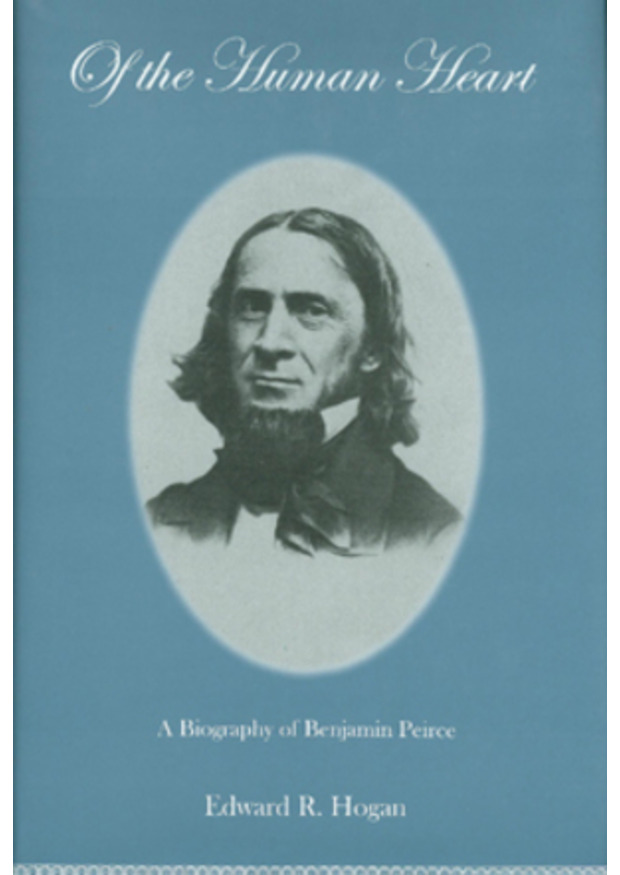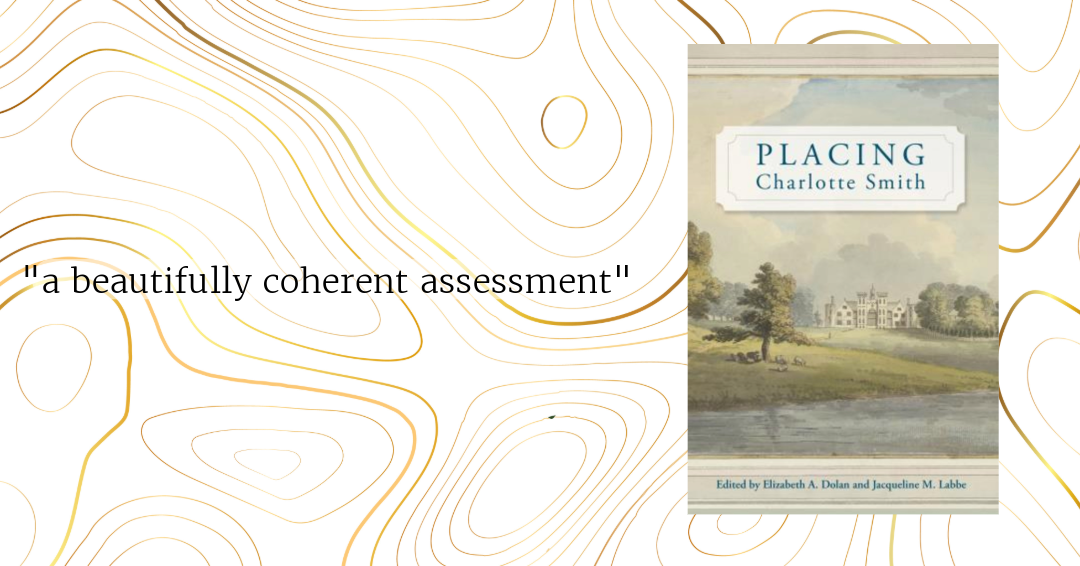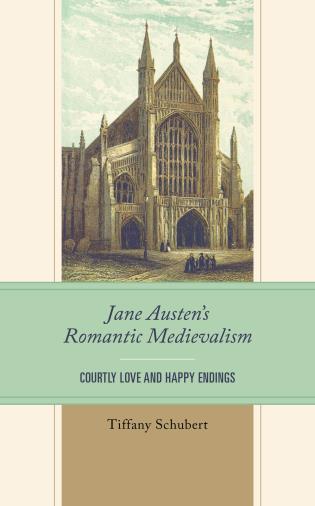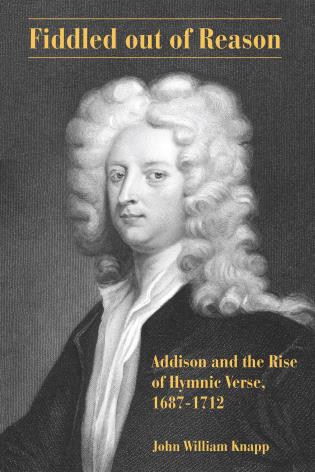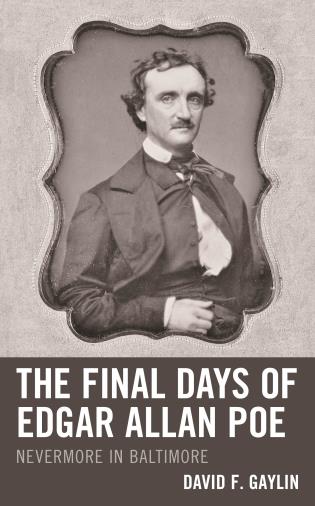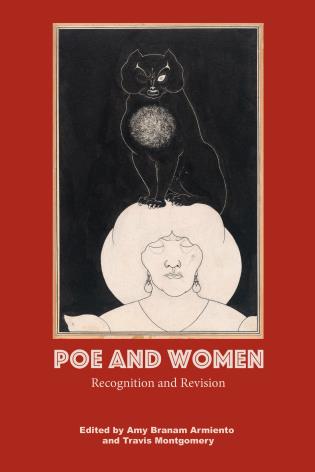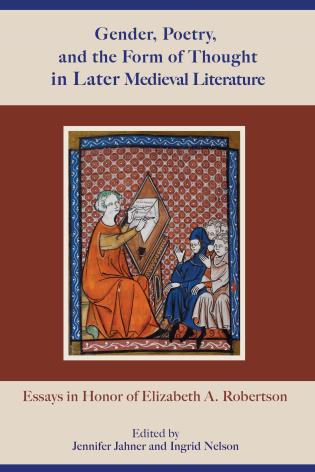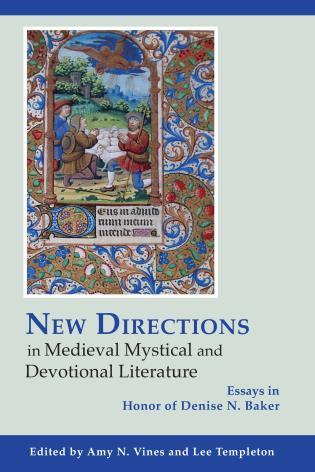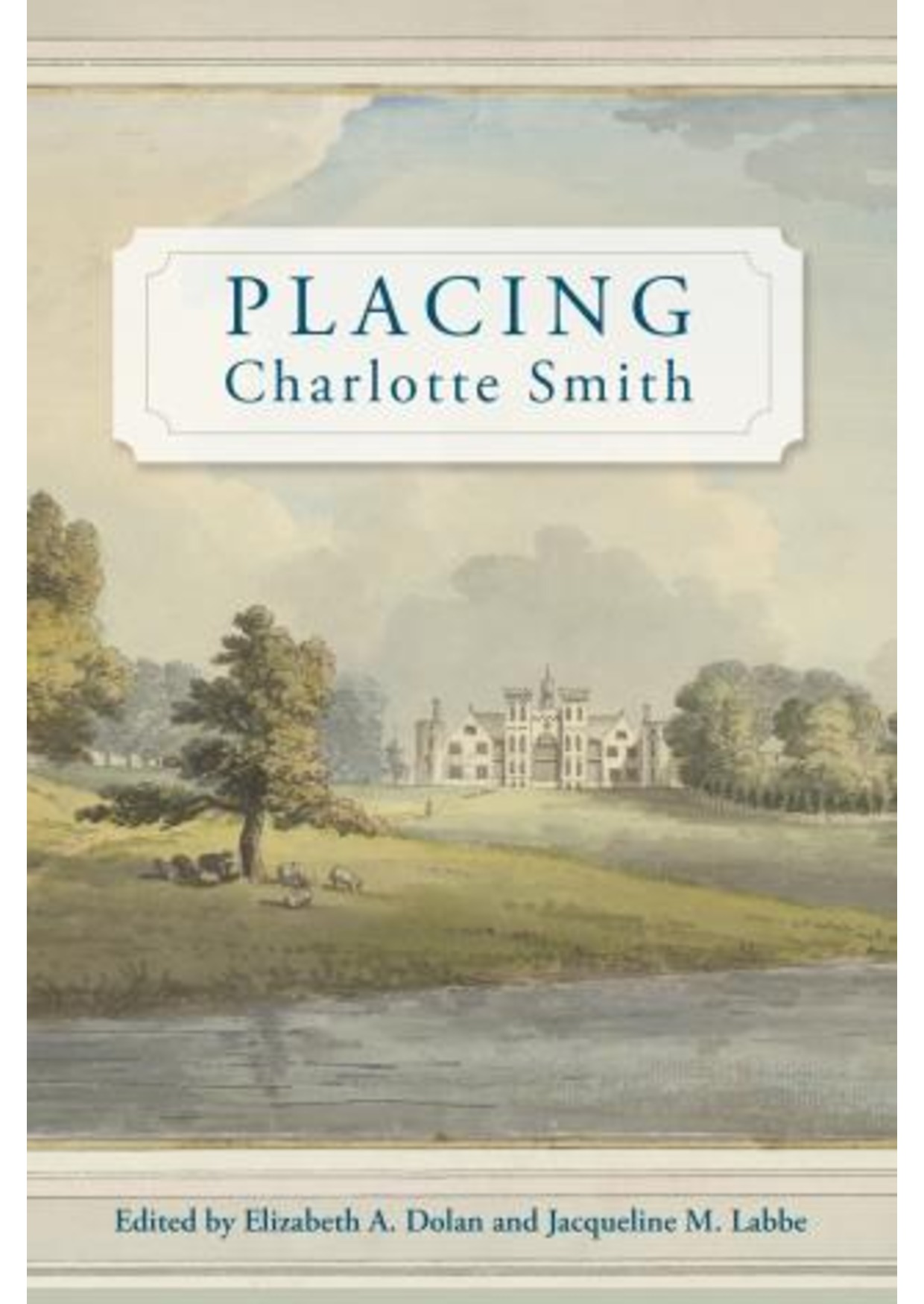A Biography of Benjamin Peirce
Benjamin Peirce was one of the leading American scientists of the nineteenth century. This book tells the story of Peirce's life, but goes well beyond the biography of a mathematician. It includes information on the development of science and the emergence of colleges and universities in the United States during Peirce's adult life. It also deals with contemporary attitudes toward race and feminism, which form a contribution to social history. The author draws heavily upon diverse manuscript sources to tell Peirce's story.
Near the end of his life, Benjamin Peirce wrote his Linear Associative Algebra. Although his geographic isolation prevented this work's being influential, the work showed that Peirce was one of the first people to grasp the importance of the axiomatic nature of modern mathematics. This work not only gives Peirce claim to be the father of American mathematics, but one of the founders of modern algebra.
Yet Peirce was no ivory tower intellectual. He battled unceasingly all his life to improve American scientific and educational institutions. He played an important part in the founding of most of the scientific institutions that were founded in his lifetime, including the American Association for the Advancement of Science, the Smithsonian, and the National Academy of Sciences.
Peirce began publishing mathematical work in the nation's only mathematical journal, The Mathematical Diary, shortly after he became a student at Harvard, at age sixteen. Most of Peirce's work was in applied mathematics. His work on the perturbations of Neptune and Uranus greatly extended his reputation as a scientist. He was consulting geometer for the American Nautical Almanac, and the director of longitude determinations for the Coast Survey.
He tried to make educational reforms at Harvard, where he taught, and worked to found a research university in the United States that would be unsurpassed by any in the world.
As Superintendent of the United States Coast Survey, Peirce proved to be an effective scientific administrator. Under his administration, the Coast Survey continued to fund basic scientific research. The Survey sponsored parties to observe eclipses of the sun in 1869 and 1870. Peirce also arranged for his friend Louis Agassiz to take a voyage on a Coast Survey ship that duplicated much of Darwin's voyage on the Beagle.
Peirce's most important contribution to the Survey was to persuade Congress to sanction a survey across the continent that would form a geodetic link between the two coasts. This greatly expanded the scope of the Survey, and eventually resulted in its being renamed The United States Coast and Geodetic Survey.
Peirce also played an important part in the education of many American scientists, including Simon Newcomb, the most widely honored and recognized American scientist of the generation after Peirce.
Peirce belonged to an impressive family of American intellectuals. His mother was a feminist, and his scholarly father wrote a history of Harvard College. The tradition climaxed in Peirce's son, Charles, perhaps the most exceptional mind the United States has yet produced.
